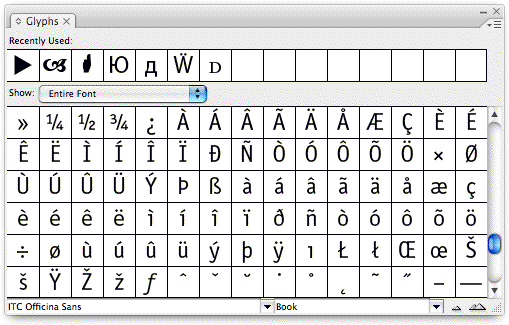

When you see this, it means that it is a long vowel – simply drag the vowel out a bit longer than you normally would. It is, however, used in major Hawaiian newspapers and many books on Hawaiiana.Īnother grammatical mark in the Hawaiian language is the kahakō, a symbol that looks like a line (-) that is placed over a vowel. The ʻokina is not always used in print and on the Internet. Native and traditional speakers use the ʻokina whenever they speak or write Hawaiian. The ʻokina is only found between two vowels or at the beginning of a word. If we write it with the ʻokina, it reads Moloka‘i and is pronounced “Moh-loh-kah-ee.” Both pronunciations are acceptable and equally common (because most people today are not native Hawaiian speakers), but you should be cautious because sometimes an ʻokina can change the meaning of a word. If we write the island name without the ʻokina, it is pronounced “Moh-loh-kai” (kai like sky). The word “lanaʻi” is pronounced “lah-nah-ee.” Lanaʻi is one of the Hawaiian islands.Īnother pronunciation example is “Molokai” (Molokai is one of the Hawaiian islands). The word “lanai” without the ʻokina is pronounced “lah-nigh” and means balcony. When saying a word that has an ʻokina the symbol indicates a slight pause, similar to when one says “uh-oh” to show concern.Īnother example is lanai vs. It is written with a backward apostrophe (ʻ). The reason why the ʻokina is considered a consonant is because an ʻokina that is missing can change the meaning of a word, as the following example illustrates:Īn ʻokina indicates a break in the sound when a word is spoken. The Hawaiian alphabet consists of 13 letters – five vowels and eight consonants, one of them being a glottal stop (called ʻokina). Two consonants never appear next to each other.Every consonant is followed by at least one vowel.There are four basic rules in the Hawaiian language: It is a far cry from the estimated 400,000-800,000 native Hawaiian speakers during the time of Captain Cook, but it's a good start at resurrecting a dying language. Today, there are about 1,000 native Hawaiian speakers and around 8,000 people who can speak and understand the language fluently according to the UCLA Language Materials Project. Public Hawaiian language immersion preschools were established in 1984, and other immersion schools soon followed. In 1978, the Hawaiian language was recognized as one of the official languages of the state of Hawaii (the other being English). Notables are the Ka Lama Hawaii and Ke Kumu Hawaii, which began as early as 1834 and the Ka Nupepa Kuoka, which had a 66-year-run from 1861 to 1927. In fact, there were fourteen separate newspapers that were printed in Hawaiian. People were still allowed to speak Hawaiian on a daily basis. It is important to note that this ban of the Hawaiian language was not made against the language in general. Use of the Hawaiian language was even banned at Kamehameha Schools – a private school system reserved only for children of Hawaiian descent. They also taught Hawaiians to read and write the language and translated the Bible into Hawaiian.Īfter the annexation of Hawaii as a territory of the United States in 1898, the language was officially banned from schools and the government. When the first missionaries arrived in Hawaii in 1820, they converted the oral Hawaiian language to a written language so that they were able to convey the messages of the Bible to the Hawaiian people.īy 1826, the missionaries had created a Hawaiian alphabet.

They noticed that the language was similar to Tahitian and Maori. Cook and his men recorded the Hawaiian language for the first time in 1778. History of the Hawaiian Languageīefore Captain Cook's arrival in Hawaii in 1778, Hawaiian was strictly an oral language. Nevertheless, only about 0.1% of the people who live in Hawaii speak its native tongue today. Hawaiian is being taught in language immersion schools, and one can even obtain a Master's degree in the Hawaiian language from the University of Hawaii. However, a Hawaiian language “renaissance” has occurred over the past 40 years, and today more people are interested in learning the language again. The Hawaiian language has had a tumultuous history and was at one point even expected to be extinct by the end of the 20th century. The Hawaiian language (ʻŌlelo Hawaiʻi) is one of the oldest living languages in the world.


 0 kommentar(er)
0 kommentar(er)
